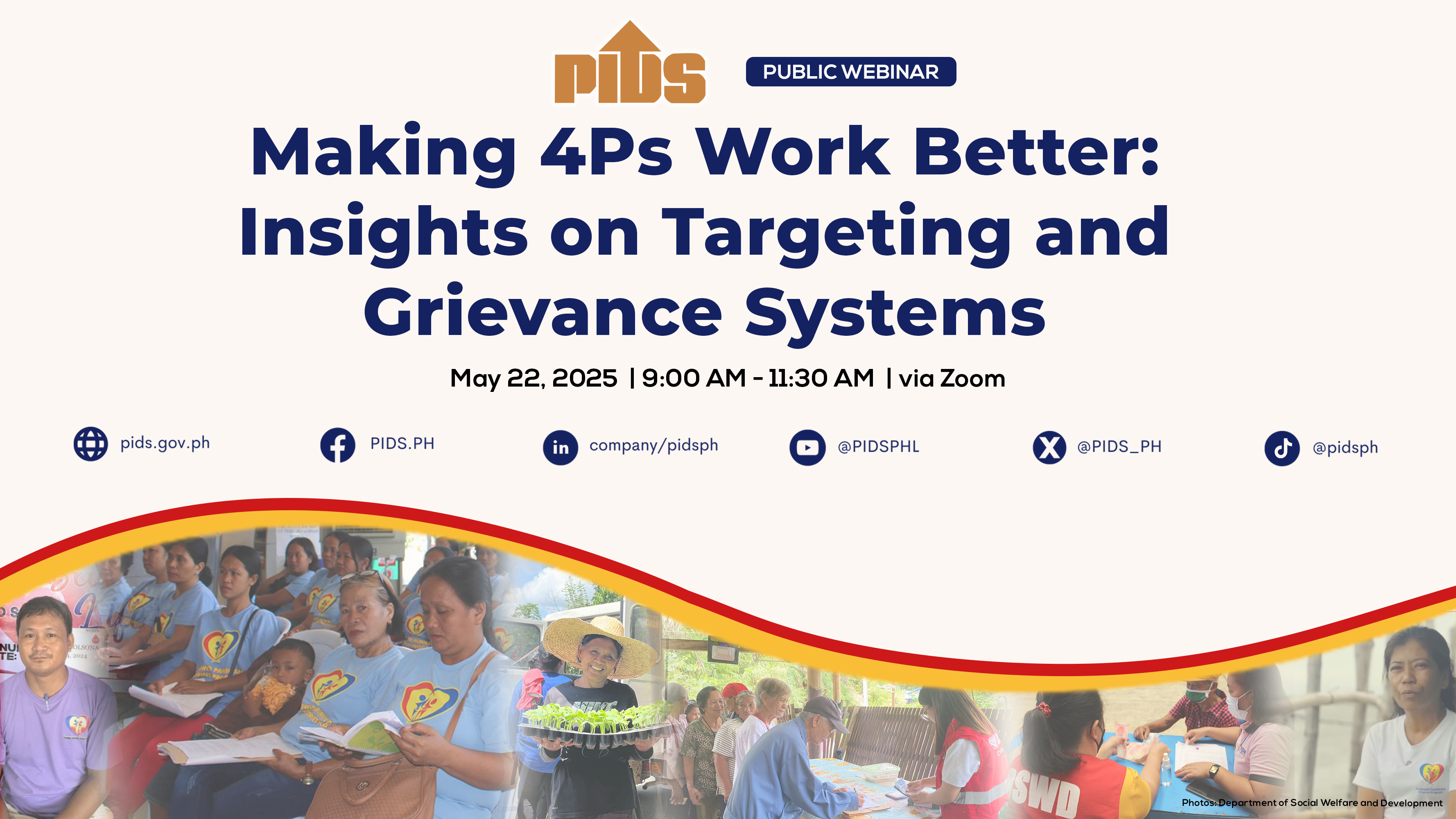The Philippines has made some progress in alleviating poverty. From a 49.2 percent poverty rate in 1985, it decreased to 18.1 percent in 2021. This is attributed to structural transformation and the robust growth of the country’s GDP in recent years leading to the pandemic. However, the decrease in the country’s poverty rate is not at par with its contemporaries in the Asean region, with Thailand from 67.0 percent (1986) to 6.8 percent (2020), and Vietnam from 58.1 percent (1992) to 4.8 percent (2020).
As the World Bank pointed out in 2022, this is mainly due to the persistence of economic inequality in which not everyone, especially the ultra-poor, have the same level of opportunity to access proper nutrition, health care, quality education, jobs, and skills, which are essential in ending poverty and creating inclusivity. In other words, the Philippine economy, despite its rapid growth, does not have much inclusivity for it to move out of poverty at a faster pace.
So, how do we reduce poverty? One of the most common poverty interventions is the cash transfer program. A cash transfer is a direct transfer of payment of money to an eligible individual for humanitarian assistance, which provides a lifeline for poor families facing threats to their health and well-being.
The Philippines had its own cash transfer program called “Pantawid Pamilyang Pilipino Program” (4Ps). The goal of the program is to alleviate the immediate needs of the poor and break the intergenerational poverty cycle. The Department of Social Welfare and Development (DSWD) executes the program that is designed to meet health, nutrition, and educational needs of vulnerable households.
A study by the Philippine Institute of Development Studies (PIDS) in 2014 revealed that the 4Ps has no significant negative impact on work effort of household heads, it has increased school participation of children, and resulted in increased consumption of education-related goods. On the succeeding wave of the study in 2021, PIDS found out that it has a long term positive impact on health and well-being. However, these impacts can be extended further if recipients can be equipped and trained on how they can maximize the cash transfers given to them.
Many organizations around the world, aside from governments, have found ways on equipping the poor aside from the cash transfer program. One of the most effective is the “graduation approach” or the graduation from poverty program, which was pioneered by BRAC, a nonprofit organization based in Bangladesh. The graduation approach is an innovative, holistic, and proven approach to addressing remaining poverty and reducing inequality. The program combines social assistance or cash transfers with technical, life skills and health training, financial inclusion, coaching and mentoring, which targets people living in ultra-poverty.
In a study by the Asian Development Bank (ADB) in 2021, they found out that despite the severe impact of the Covid-19 pandemic especially on the poor and vulnerable households in the Philippines, the group of poor people who trained under the graduation approach by BRAC were made resilient across a range of dimensions including financial security, food security, and mental health. They also found out that households that received the graduation program on top of the government cash transfers (4Ps) fared significantly better than those who received only the government cash transfers. This proved to be an effective way of raising human capital among the ultra-poor.
Equipping the poor also had its impact on the natural environment. Taking care of the natural environment is one of the key elements in poverty reduction. Climate change and poverty are deeply intertwined because climate change disproportionately affects poor people in low-income communities and exposes existing inequalities. BRAC with its graduation approach provides training for climate resilient livelihoods and support for the ultra-poor. Meanwhile, The Village Enterprise (VE), a nonprofit organization, trains the ultra-poor in Uganda not only for their livelihood but also in protecting their environment. By doing so, they are able to develop human capital and well-being without harming the environment. VE also trains their program participants in doing environmentally friendly livelihood.
To sum it up, the key to reducing poverty is not only limited to giving cash transfers to the poor but also equipping them with the right knowledge, training, proper coaching and mentoring. The poor may be given capital be it in cash or tangible assets. But if not given the proper guidance, they may not be able to use it properly or worse they may use it in unproductive ways. Poverty may be addressed specifically in the Philippines given the right policies having in mind that the poor should be equipped instead of just being given cash transfers by a “reactionary” government.












